Gum disease is one of the most common oral health problems that affect millions of people worldwide. If left untreated, it can lead to severe complications, including tooth loss and systemic health issues. Periodontitis, a serious form of gum disease, is the result of untreated gingivitis that progresses and damages the tissues supporting the teeth. Understanding the stages of gum disease, the consequences of periodontitis, and how to manage and treat it early is essential for maintaining both your oral and overall health.
What Is Periodontitis?
Periodontitis, also known as advanced gum disease, is a condition where the infection of the gums spreads deeper into the tissues that hold the teeth in place. It’s the second stage of gum disease, following gingivitis, and it can result in irreversible damage to the gums and bone structure supporting your teeth. Periodontitis is marked by inflammation, infection, and destruction of the periodontal ligaments and bone, which can eventually lead to tooth loss if not treated promptly.
Stages of Gum Disease
Gum disease typically progresses in stages, starting from a mild infection to a severe, chronic condition. Understanding these stages helps people identify gum disease early and seek treatment before it becomes more serious.
Stage 1: Gingivitis – The Early Stage
Gingivitis is the first and mildest stage of gum disease. It’s characterized by inflammation and redness in the gums, often caused by the build-up of plaque at the gum line. During this stage, your gums may bleed when brushing or flossing, but the damage to the gums and bone is still reversible.
- Symptoms of Gingivitis: Red, swollen gums, bleeding when brushing or flossing, bad breath, and sometimes tenderness or discomfort in the gums.
- Treatment for Gingivitis: Professional cleaning by a dentist or hygienist to remove plaque and tartar. Proper oral hygiene at home, including regular brushing and flossing, can often reverse gingivitis.
Stage 2: Early Periodontitis – The Progression
If gingivitis is not treated, it can progress into early periodontitis. During this stage, plaque and tartar begin to build up below the gum line, leading to deeper gum pockets. The infection affects the tissue and bone around the teeth, and there may be slight bone loss.
- Symptoms of Early Periodontitis: Persistent bad breath, gum recession, bleeding gums, and pockets forming between the teeth and gums. There may be slight tooth mobility.
- Treatment for Early Periodontitis: A deeper cleaning by a dentist, such as scaling and root planing, which involves cleaning below the gum line. Antibiotics or antimicrobial treatments may be used to help control infection.
Stage 3: Moderate Periodontitis – Advanced Inflammation
At this stage, the infection has caused moderate damage to the bones and tissues supporting the teeth. The gum pockets deepen further, and tooth mobility becomes more pronounced. As the bacteria invade deeper into the tissues, the gums may recede significantly, and the bite may start to change.
- Symptoms of Moderate Periodontitis: Deep gum pockets, tooth mobility, gum recession, severe bad breath, changes in the way teeth fit together when biting, and possible tooth sensitivity.
- Treatment for Moderate Periodontitis: Scaling and root planing may be performed again, along with possible surgical procedures to reduce gum pockets. The use of antibiotics and antimicrobial therapy is often necessary to control the infection. More advanced treatment such as laser therapy or gum grafting may be recommended.
Stage 4: Severe Periodontitis – Advanced Damage
Severe periodontitis is the final and most advanced stage of gum disease. The infection has severely damaged the supporting bone and tissue, leading to significant tooth mobility and potential tooth loss. At this stage, the gums may pull away significantly from the teeth, and the infection may spread to other parts of the body, causing further health complications.
- Symptoms of Severe Periodontitis: Large gum pockets, significant tooth mobility, possible tooth loss, and persistent, severe bad breath. There may be visible abscesses or pus in the gums, and in severe cases, tooth extraction may be required.
- Treatment for Severe Periodontitis: Surgical treatments such as flap surgery (which removes infected tissue and bone) or bone grafting may be necessary to restore lost bone. Periodontal maintenance care will be required regularly to prevent further complications. In some cases, tooth extraction may be the only option if the tooth is too damaged to be saved.
Long-Term Effects of Untreated Periodontitis
Untreated periodontitis can have serious long-term effects not only on your oral health but also on your overall well-being. As the infection spreads, it can impact other parts of the body, leading to complications such as:
1. Tooth Loss
The most common consequence of untreated periodontitis is tooth loss. As the disease progresses, the supporting bone structures in the jaw deteriorate, causing the teeth to become loose and, eventually, fall out.
2. Increased Risk of Systemic Health Issues
Research has shown a link between periodontitis and several systemic health conditions, including:
- Heart Disease: The inflammation caused by gum disease can contribute to the development of heart disease by increasing the levels of harmful bacteria in the bloodstream. This may lead to the thickening of artery walls and increase the risk of heart attacks or strokes.
- Diabetes: Periodontitis can make it harder for people with diabetes to control their blood sugar levels. The bacteria and inflammation from gum disease can contribute to insulin resistance.
- Respiratory Infections: In severe cases, the bacteria from the gums can enter the lungs and cause infections such as pneumonia, especially in people with weakened immune systems.
- Pregnancy Complications: Gum disease has been linked to premature birth and low birth weight in babies.
3. Chronic Pain and Discomfort
Severe periodontitis can lead to ongoing pain and discomfort. As the infection spreads and causes deeper damage, the gums and teeth can become highly sensitive, making it difficult to eat, speak, or even breathe comfortably.
4. Aesthetic Issues
Gum recession caused by periodontitis can result in an unsightly smile, with visible gaps between the teeth and a less youthful appearance. This can have a significant impact on a person’s self-esteem and quality of life.

Treatment Options for Managing and Reversing Gum Disease
The key to preventing severe periodontitis is early detection and treatment. When gum disease is caught in its early stages (gingivitis or early periodontitis), it is much easier to reverse the damage and restore oral health. Here are some treatment options that can help manage and even reverse gum disease in its early stages:
1. Good Oral Hygiene Practices
The foundation of any gum disease treatment plan is good oral hygiene. Brushing at least twice a day, flossing daily, and using an antimicrobial mouthwash can help prevent plaque buildup and keep bacteria at bay. A good oral hygiene routine will also improve gum health and help prevent gum disease from progressing.
2. Professional Dental Cleanings
A dentist or hygienist will perform regular cleanings to remove plaque and tartar that cannot be removed by regular brushing. Deep cleanings, such as scaling and root planing, can remove bacteria and plaque from below the gum line, helping to control infection and promote healing.
3. Medications
For more advanced stages of gum disease, your dentist may recommend antibiotic treatments to help control infection. These can be applied directly to the affected areas or taken orally to reduce the bacteria that contribute to gum disease.
4. Surgical Treatments
In cases of severe periodontitis, surgery may be required to restore gum health and prevent further damage. Procedures such as flap surgery (to access and clean the infected tissues) and bone grafting (to restore lost bone) can help restore functionality and appearance to the gums and teeth.
5. Laser Therapy
Laser therapy has become an innovative treatment option for periodontitis. Laser-assisted procedures can remove infected tissue, reduce gum pocket depths, and promote healing with minimal discomfort. This method is particularly effective in the early and moderate stages of gum disease.
Preventing Periodontitis and Maintaining Healthy Gums
Prevention is always better than treatment, and maintaining a proactive approach to gum health can help prevent the onset of periodontitis. Here are some preventive measures to ensure your gums stay healthy:
- Brush your teeth twice a day with fluoride toothpaste: Brushing effectively removes food particles, plaque, and bacteria from your teeth and gums.
- Floss daily: Flossing helps remove plaque and food particles from between the teeth, areas that brushing alone cannot reach.
- Visit your dentist regularly: Regular dental check-ups can help detect early signs of gum disease and allow for prompt treatment.
- Quit smoking: Smoking is a major risk factor for gum disease and slows down the healing process.
- Eat a healthy diet: A balanced diet rich in vitamins and minerals supports gum health, particularly vitamins C and D, which play a vital role in tissue repair and immune function.
Conclusion
Periodontitis is a severe form of gum disease that can lead to irreversible damage if left untreated. Recognizing the early signs of gum disease and seeking timely treatment can help prevent the progression to periodontitis and the associated health complications. Maintaining good oral hygiene practices, seeking professional dental care, and adopting healthy lifestyle habits are the keys to preventing gum disease and maintaining optimal oral and overall health.

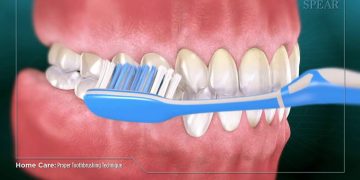
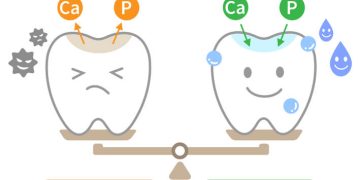






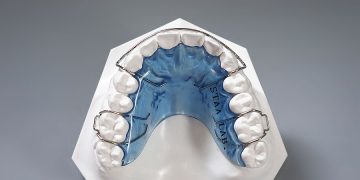

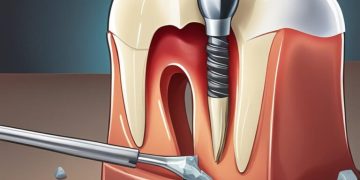













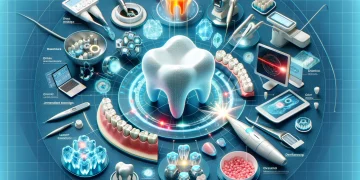


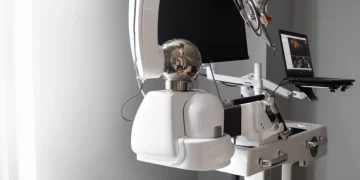

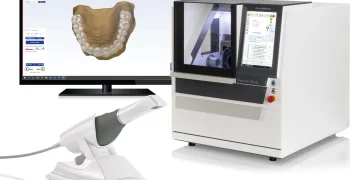
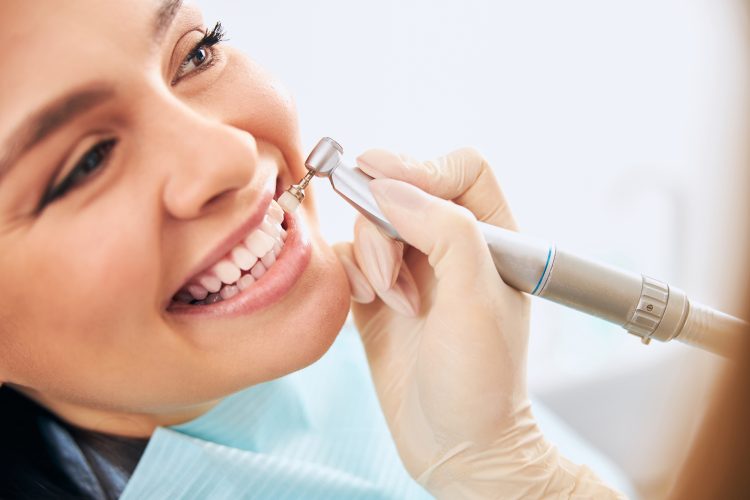













Discussion about this post